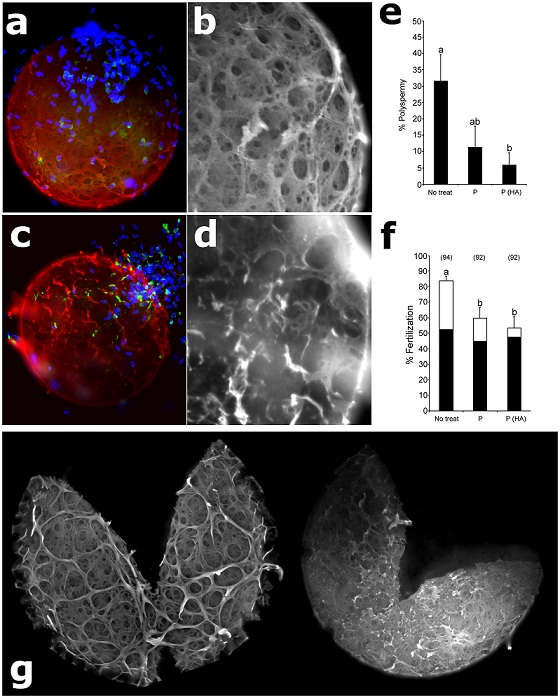User:Z3332885
Lab Attendence
Lab 2 --Z3332885 10:38, 1 August 2012 (EST) Lab 3 --Z3332885 11:05, 8 August 2012 (EST)
Lab 1 Assessment
1)Identify the origin of In Vitro Fertilization and the 2010 nobel prize winner associated with this technique and add a correctly formatted link to the Nobel page
Research into controlling fertility has been going on for a while, and many experiments for IVF has been conducted since the 1960s. In 1973 the first IVF pregnancy was achieved, though baby did not survive till birth. In the 1978 the first IVF baby was born in india. The baby named "Durga" was the work of physican Kolkata using primitive methods and household refrigeration. In 1979 the world’s second baby conceived by IV was born.
In 2010, the Nobel Prize for physiology medicine was awarded to Robert G. Edwards for his contribution in the development of In Vitro Fertilization. [1]
(2)Identify and add a PubMed reference link to a recent paper on fertilisation and describe its key findings (1-2 paragraphs)
Summary
Many embryos are discarded from IVF labratories because they are considered to be poor quality. These embryos are, however, proposed to be good sources for human embryonic stem cells (heSC). This article studied whether heSC could be isolated from poor quality embryos, while also evaluating the efficiency of different isolation methods. Their experiments involved 166 embryos. The embryos were culture in a blastocyst medium for 2 days so that inner cell masses could develope. The inner masses from 32 embryo cells were then isolated, 17 using a mechanical method, the other 15 by immunosurgery. The isolated ICMs were subcultivated, and the rates of ICM colony formation was measured. Both methods had similar success rate (P>0.05). However, the cultures that did work had normal hESC differentiation ability, which indicates heSC could be derived from poor embryos. [2]
References
1.http://en.wikipedia.org/wiki/In_vitro_fertilisation 2.Liu W, Yin Y, Long X, Luo Y, Jiang Y, Zhang W, Du H, Li S, Zheng Y, Li Q, Chen X, Liao B, Xiao G, Wang W, Sun X. Derivation and characterization of human embryonic stem cell lines from poor quality embryos. J Genet Genomics. 2009 PMID: 19376483
Lab 2 Assessment
Question 1. Upload an image from a journal source relating to fertilization or the first 2 weeks of development as demonstrated in the practical class.
Question 2: Identify a protein associated with the implantation process, including a brief description of the protein's role.
L-selectin is an adhesion molecule belonging to the selectin family of proteins. In the implantation process, L-selectin on the uterine epithelial cells interacts with sLex molecule on the trophoblast to mediate adhesion. This interaction has also been shown to induce the subsequent apoptosis of the uterine epithelial cells. 1
References
1. Liu S, Yang X, Liu Y, Wang X, Yan Q. sLeX/L-selectin mediates adhesion in vitro implantation model. Mol Cell Biochem. 2011 Apr;350(1-2):185-92. PMID: 21197561
Lab 3 Assessment
1.Identify the difference between "gestational age" and "post-fertilisation age" and explain why clinically "gestational age" is used in describing human development.
Gestational age- time between the last menstrual period and birth (measured in weeks). Post-fertilizational age- time elasped from fertilization to birth.
Clinically, the gestational age is used to describe human development. Gestational age can easily be determined by working out the number of weeks since last menstrual period, whereas the post-fertilization age is hard often hard to determine. Knowing this number can help determine the morbidity and mortality of the baby. 1
2.Identify using histological descriptions at least 3 different types of tissues formed from somites.
Sclerotome Vertebrae and ribs 2
Dermatome- The dermis of the dorsal skin 3
Myotome- Skeletal muscles of the back 4
References:
1. http://www.nlm.nih.gov/medlineplus/ency/article/002367.htm
2. http://en.wikipedia.org/wiki/Sclerotome
